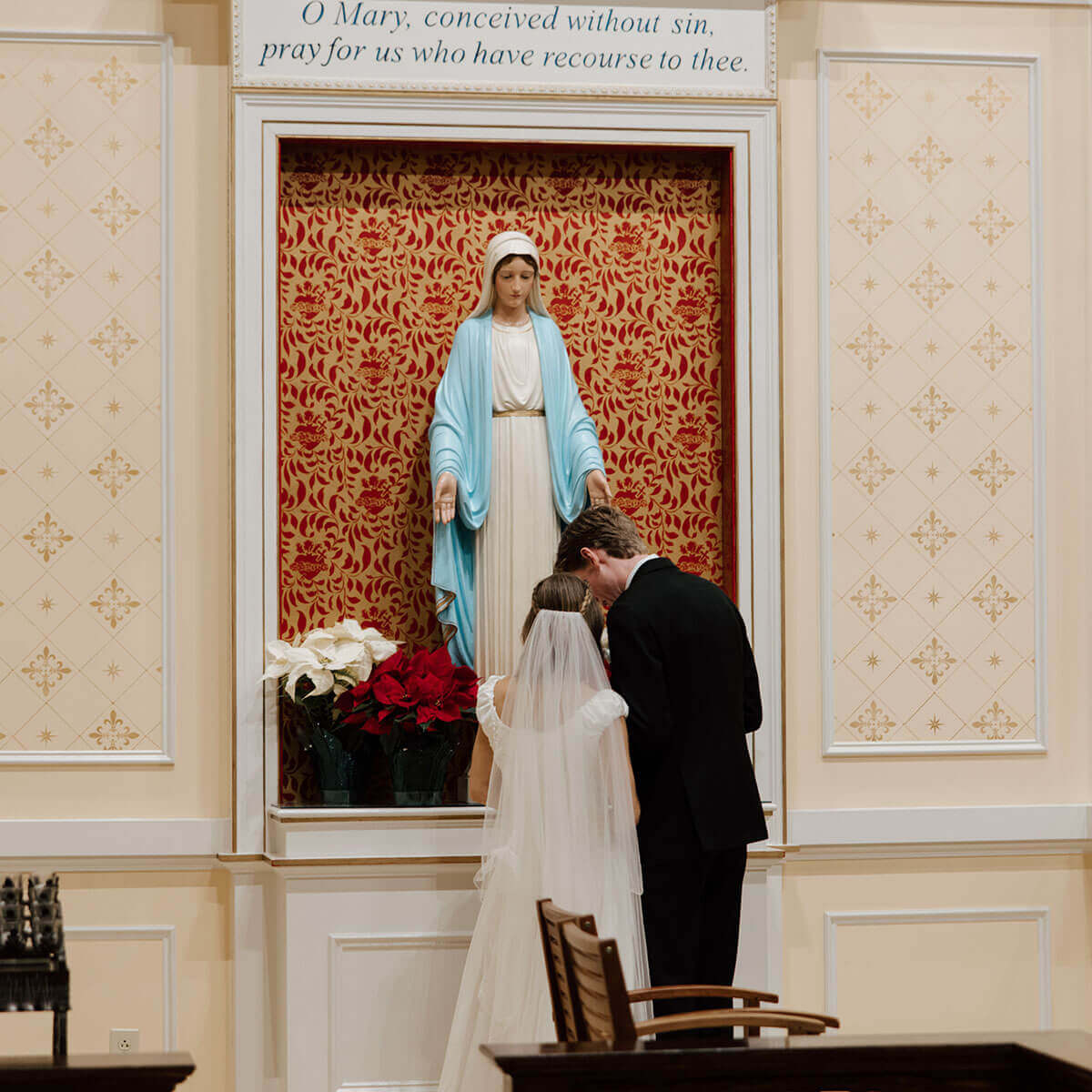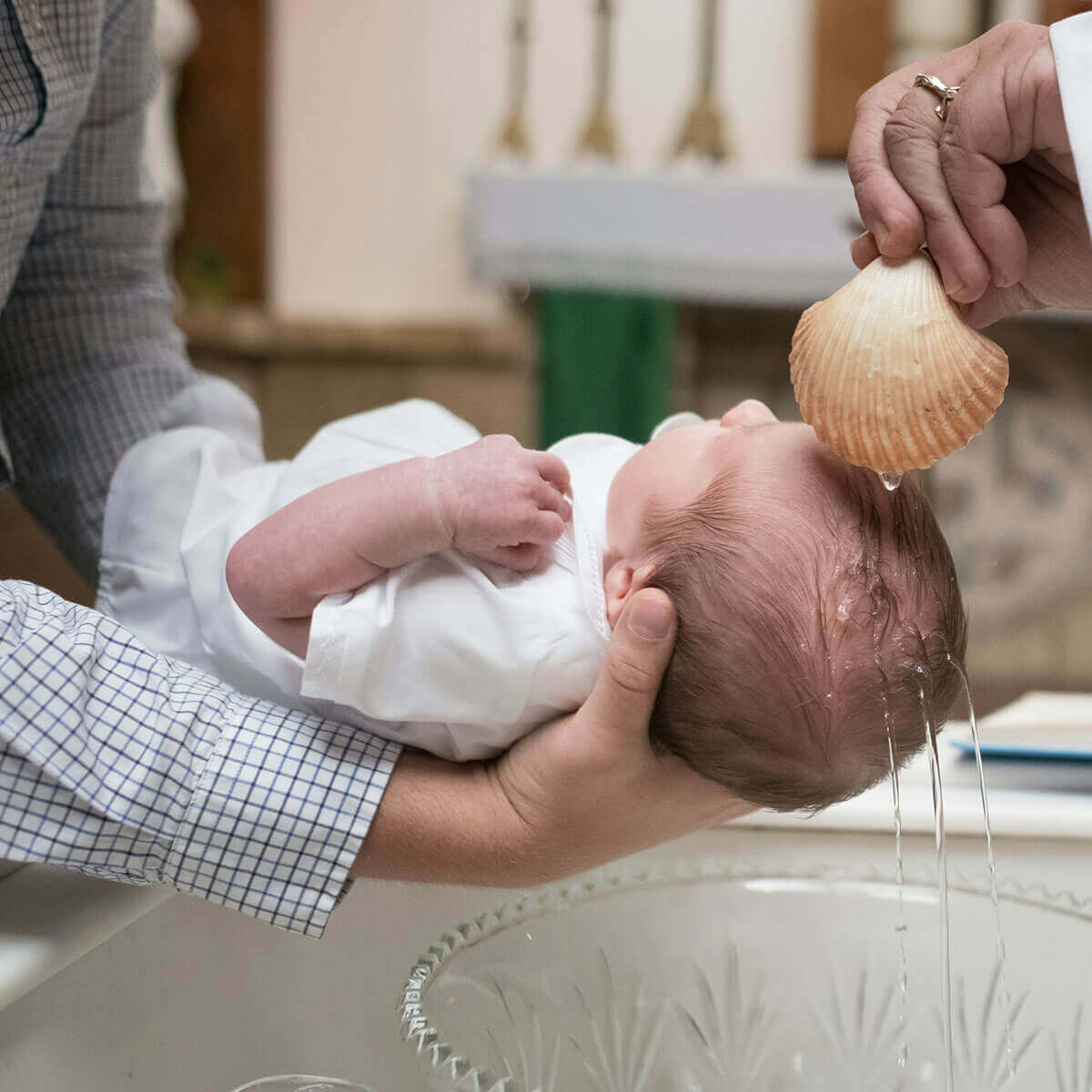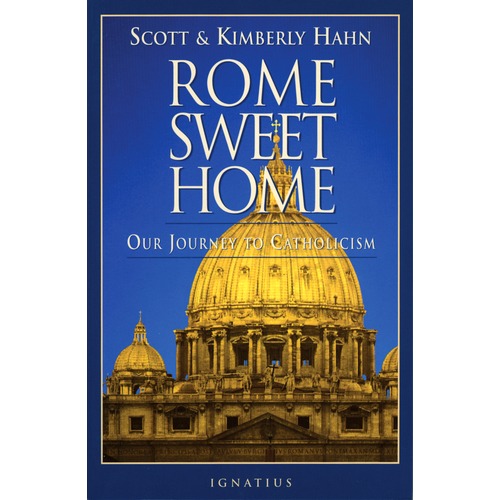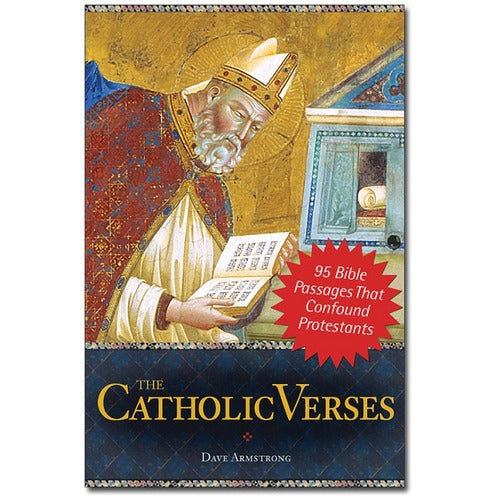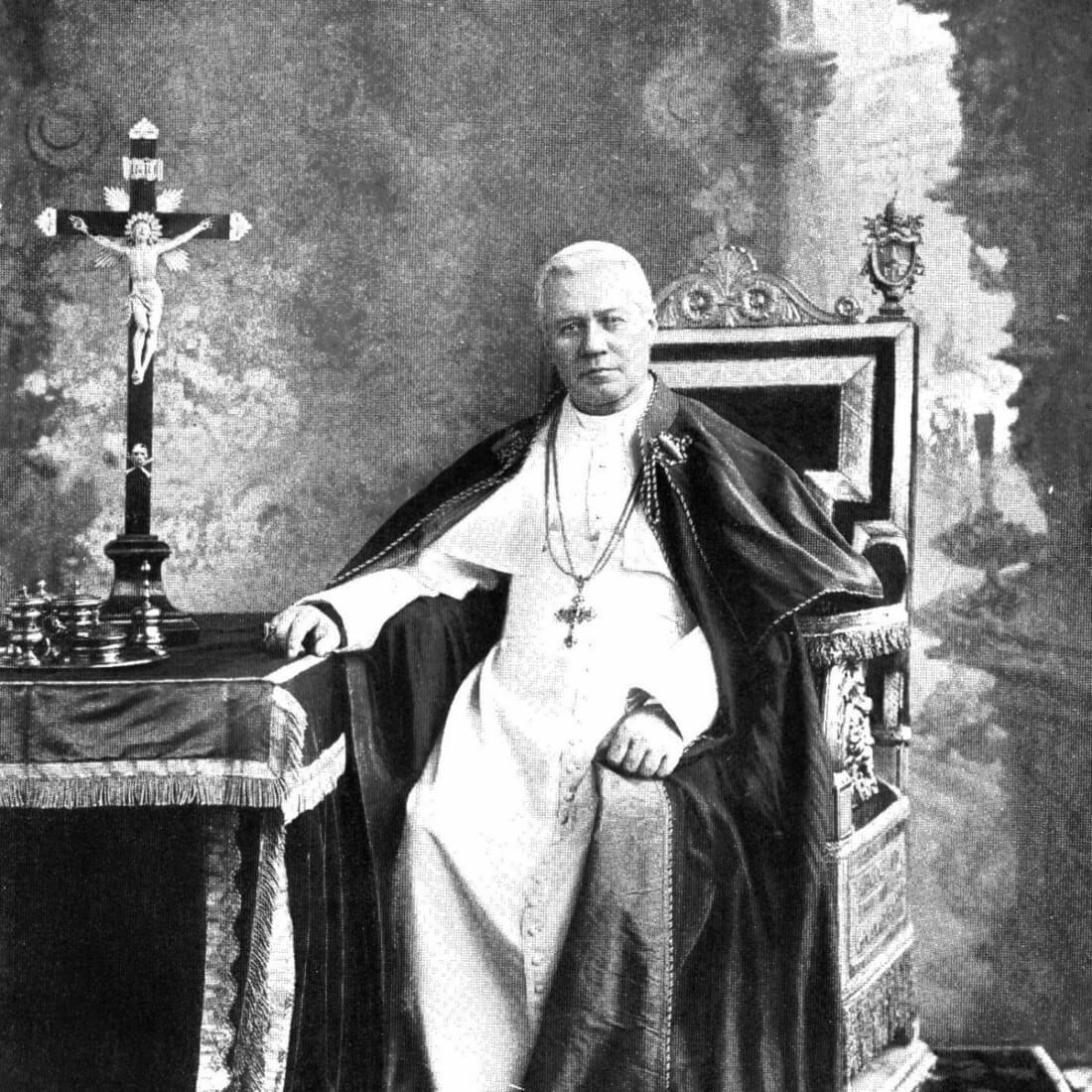George Spencer was born in 1799, the son of the second Earl Spencer. He studied at Eton and Cambridge and was ordained an Anglican priest in 1824. At his first parish assignment, he was known for his great charity and devotion to his parishioners—and was already concerned with the division caused by the various Protestant sects splitting off from the Anglican Church.
Doubts about his own Anglican faith began to trouble Rev. Spencer. He began a period of intense study, reflection, and discussion and delved into the writings of the Church Fathers. He was averse to the Catholic Faith at first but, coming under the influence of Catholic acquaintances who defended the Faith with clarity and confidence, he became convinced of the truth of their position. He made haste to act on this conviction, saying to one of his Catholic friends:
“If this step is right for me to take next week, it is my duty to take it now. My resolution is made; to-morrow I wilt be received into the Church.”
And so it was. He traveled to Rome to study for the priesthood and was ordained there May 28, 1832, the feast of the great Apostle of England, St. Augustine of Canterbury. The day was a fitting one since Fr. Spencer, too, would work for the salvation of the English.
He returned to England and served in the West Midlands, becoming a well-known preacher. In 1838, he began a “Crusade of Prayer for the Conversion of England” and preached widely throughout the British Isles for this intention.
While studying in Rome, he met now-Blessed Dominic Barberi, an Italian Passionist who also had great zeal for the return of England to the Church. This zeal was bound up in the Passionists’ very beginnings: St. Paul of the Cross, founder of the order, himself shared it. The connection would continue with Fr. Spencer, who received the Passionist habit from Fr. Dominic in 1847 and took the name Ignatius of St. Paul.
Fr. Spencer continued his tireless work for the conversion of his native land and was named provincial of the Passionists in England and Belgium after Fr. Barberi’s death in 1849. Fr. Spencer died in 1864 and is buried next to Blessed Dominic and another English Passionist, Ven. Elizabeth Prout, in Sutton, near Liverpool, England.
Some of the biggest influences in Fr. Spencer’s conversion were his conversations with his Catholic friends. What do you think—if he were your friend, could you have answered his questions about the Faith? Get 30 answers to 30 of the most common questions about the Catholic Faith in We Believe, a daily series on the fundamentals of the Faith. Whether you’re a Catholic who wants a refresher or a non-Catholic curious about what the Church really teaches, this video series is for you. Sign up here!




